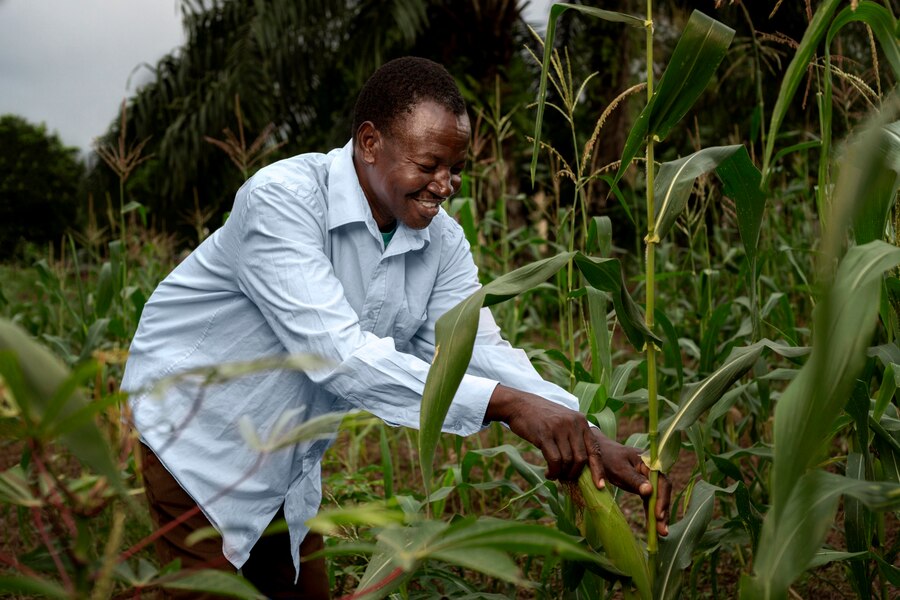Agriculture has been dynamic and critical, with a myriad of challenges and opportunities facing it. Entering June 2024, various developments are shaping the agricultural scene in the United States and globally.
- Climate, Crop Conditions
The weather patterns in place for U.S. agriculture have been a double-edged sword. The Midwest and the Corn Belt prepare for an extremely warm July and August, which might further stress the crop. In North Carolina, corn conditions have deteriorated dramatically because of a combination of heat and drought. Climatic shifts hint at increased volatility that farmers must manage as they plan and move forward with crop management - Bird Flu Outbreaks
Bird flu remains a high risk, with confirmation of new cases in Iowa. The outbreaks hit both turkey and dairy farms and elevated the biosecurity level. This comeback of avian influenza may bring risks not only to the health of livestock but also to the stability of the markets and food security - Market and Trade Outlook
Some interesting developments are currently taking place in the wheat market. U.S. wheat exports are forecast to reach a four-year peak, on the back of reduced production estimates from main competitors like Russia, the EU, and Ukraine. Hence, although the long-term decline of the U.S. share in the world wheat market casts arguments about competitive pressures for U.S. farmers, it is set to be against that backdrop. - Policy and Support Measures
It has demonstrated responsiveness to short- and long-term sectoral needs. The latest approvals for D-SNAP in disaster-affected areas of Arkansas and Iowa are targeted at supporting communities left reeling from natural disasters. In addition, it keeps implementing programs designed to promote climate resiliency and sustainability practices for agriculture’s future survival https://www.usda.gov/media/press-releases. - Technological and Innovative Solutions
As such, innovation remains at the very envelope of modern agriculture. This continuous collaboration by the USDA with various stakeholders in advancing sectors on clean energy use and sustainable practices no doubt further seals the change of pace that the sector is in toward more resilient and cleaner ways of farming. This includes massive funding toward conservation work and reducing food loss and waste
In summary, the agricultural sector in June 2024 has become a hostage to a composite mixture of climatic, disease, and market challenges. However, there are ways out toward resilience and growth with technological and policy support. For farmers, awareness and adaptability are relevant now more than ever in handling emerging challenges effectively.

